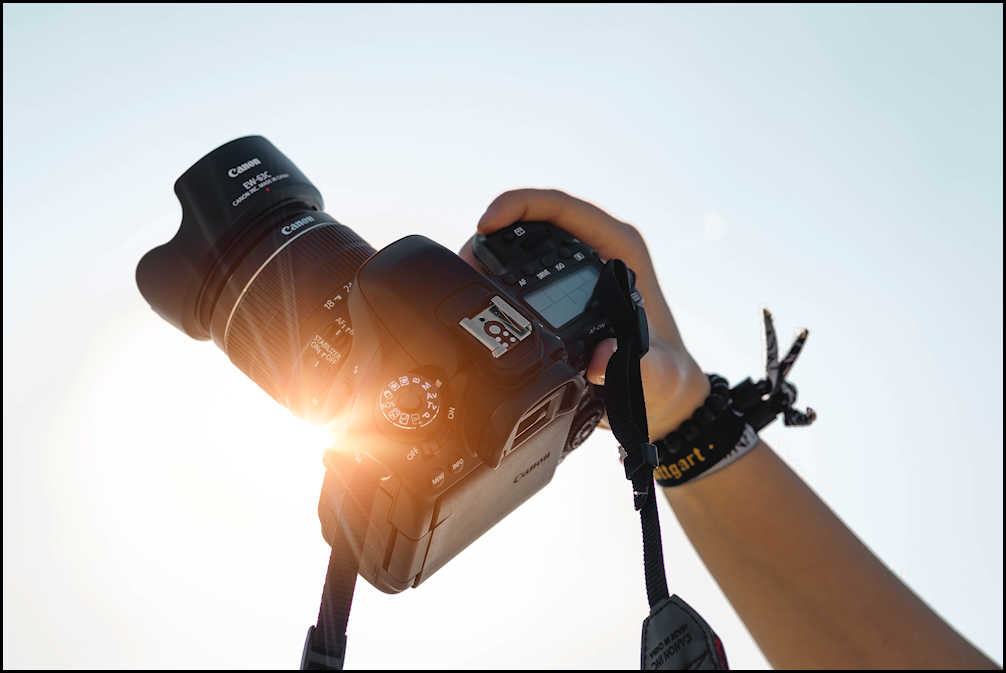Essential Product Photography Types to Use on Your Website
 Customer experience is a combination of attitude, feelings, and perception.
Customer experience is a combination of attitude, feelings, and perception.
As these factors aggregate, they form a dynamic customer behavior. Shopping, therefore, is a confluence of behavioral, emotional, and cognitive responses. But above all, it is sensorial.
Touch is crucial in maximizing the joy of shopping experience. It plays a significant role in product evaluation; hence, when the lack of touch was identified as one of the barriers in online shopping, it was not surprising at all. In the absence of creating a tactile perception online, technology comes in to bridge the gap. Your jewelry photos and videos (along with AR and AI) qualify compensatory sensorial solutions. After all, vision often overshadows touch in the field of psychology for many reasons. When your customers look at your jewelry photos, they don’t look with their eyes. They look with their brain which processes all collected information and translates them into meaningful objects in just a tiny fraction of a second. In fact, a study on tactile perception in the Journal of Neuropsychology concluded that vision outperformed touch in shape perception.
The lack of tactile experiences in online shopping does not have to be a barrier if you know your tools. Here are five essential product photography types to use on your website as a compensatory mechanism.
White Background Studio Shot
As the name suggests, photograph your jewelry pieces on a plain white background. Without the common distractions such as unnecessary props, this photography can easily make your product pop, is more versatile for all channels, and reduces the amount of photo editing that needs to be done later.

Moreover, the customers love white background product photography. It draws their attention to the focal piece and gives them a more accurate color perception. Colors affect each other; hence, two different colors placed side by side leads to simultaneous contrast and creates an altered color perception. With white background photography, this color influence doesn’t exist. Your customers will be assured that their jewelry pieces or gemstones will look identical to the ones they saw on your website.
A Scale Shot
Scale shots are product photos that show how big or small your product is, relative to its environment.
Showing accurate sizes through images is tricky even for professional photographers. Of course, you can always use texts to communicate ring sizes and other product dimensions, but visuals are more powerful.

There are many ways to show and represent a product’s true-life scale. You can use different props but make it as natural as possible to avoid distracting your customers’ view. For jewelry pieces, you can use hand models for rings or use your own hands. Some would use mannequins, but we would recommend using real-life models to show how your jewelry pieces look on a human body. They also look more professional and add a luxurious feel to your brand.
A Detail Shot
It’s the little details that are vital, so they say.
 Detail shots are photos that focus on a relatively small portion of your piece. It could be closer than a close-up to highlight minute detailing of your creation that would ordinarily be missed under normal observation, especially online where customers cannot touch the product.
Detail shots are photos that focus on a relatively small portion of your piece. It could be closer than a close-up to highlight minute detailing of your creation that would ordinarily be missed under normal observation, especially online where customers cannot touch the product.
Take note though that detail shots do not necessarily have to be a closeup shot. For jewelry pieces, especially those with intricate designs, it’s a matter of accentuating details that your customers might not notice.
There are many ways around the perfect detail shots. You can focus on a single head-turning detail or highlight unique patterns, lines, or textures.
A Group Shot
Are you selling a collection or pieces in one set? How about a piece that comes in variations?
 If so, take individual shots of them but don’t forget to take a cohesive photo of them together. This is an opportunity for you to be creative. Experiment on different placements and compositions.
If so, take individual shots of them but don’t forget to take a cohesive photo of them together. This is an opportunity for you to be creative. Experiment on different placements and compositions.
Take group shots according to shapes, colors, or styles. It’s your chance to be playful with product grouping while demonstrating options to your customers.
A Lifestyle Product Shot
This type of photography shows your product in a styled scene or a real-life setting. While it doesn’t always have to include real-life models, you’d notice jewelry brands often incorporating them into the scene to introduce a specific lifestyle or aesthetic.

Lifestyle product photography also has a storytelling element to it. It doesn’t focus on the products as much as it does on creating powerful connections with customers. By producing positive associations with the customers’ psyche, you’d be able to stimulate emotional connections between your customers’ personal feelings and your product. Be intentional about it. Leverage different human expressions, locations, and other social cues to make your brand more relatable.
Source: Picup Media